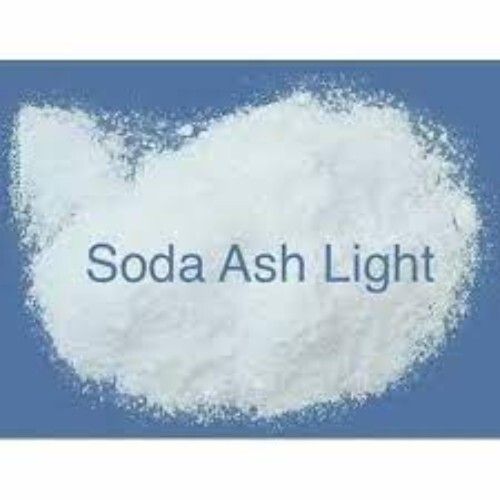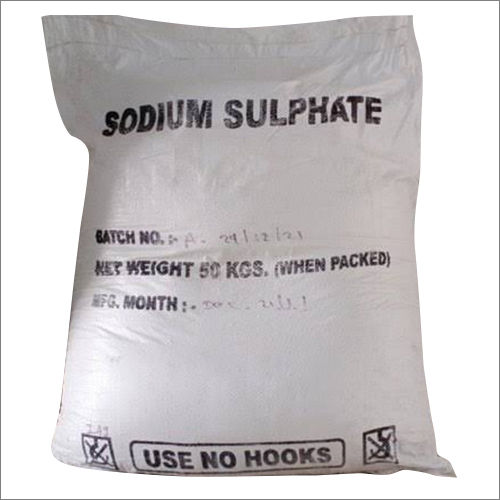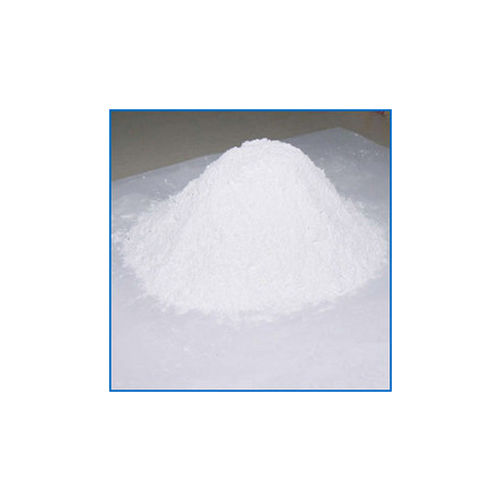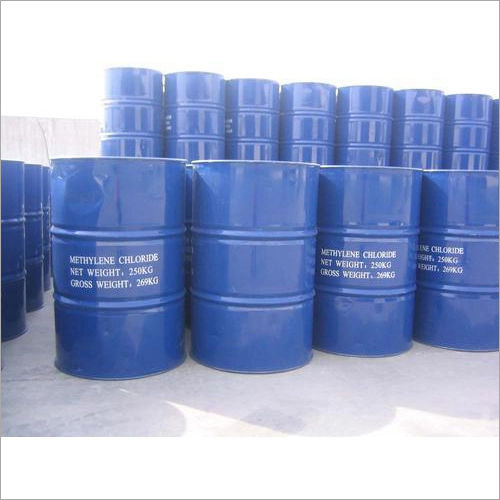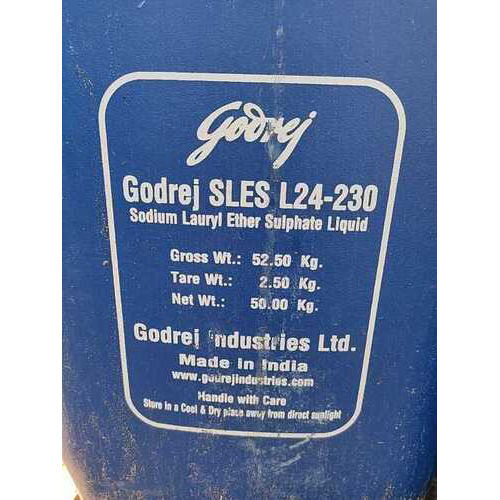Mon-Sat:10.00am to 7.00pm
Mon-Sat:10.00am to 7.00pm
Soda Ash Light (NA2CO3)
Product Details:
Soda Ash Light (NA2CO3) Price And Quantity
- 20000 Kilograms
- 105 INR/Kilograms
- 85.00 - 110.00 INR/Kilograms
Soda Ash Light (NA2CO3) Trade Information
- 10000 Kilograms Per Week
- 1 Week
- Asia Australia Central America North America South America Eastern Europe Western Europe Middle East Africa
- Lakshadweep Rajasthan Odisha Arunachal Pradesh West India Nagaland Andhra Pradesh Tamil Nadu Manipur Telangana Uttarakhand Dadra and Nagar Haveli South India Assam Punjab Madhya Pradesh Jammu and Kashmir Andaman and Nicobar Islands North India Meghalaya Haryana Pondicherry Uttar Pradesh West Bengal Jharkhand Bihar Tripura Chhattisgarh Himachal Pradesh Maharashtra Mizoram Daman and Diu East India Sikkim Kerala Karnataka Goa Chandigarh Delhi Gujarat Central India All India
Product Description
FAQ
1. Most commonly, where is sodium carbonate used?
Ans - In nature, sodium carbonate, also known as soda ash or Na2CO3, is abundant and can be found as the solid minerals natron, trona, and thermonatrite as well as in mineral waters. This alkaline salt is used in significant amounts in the production of glass, detergents, and cleaners.
2. What happens when water and sodium carbonate interact?
Ans - Sodium carbonate dissolves in water to produce sodium hydroxide and carbonic acid.
3. What is sodium carbonate's other name?
Ans - Washing soda is the shortened name for sodium carbonate.
4. Can sodium carbonate catch fire easily?
Ans - Fires: Sodium carbonate is neither combustible nor flammable. Fires that start in the presence of sodium carbonate should be put out with methods suitable for the environment.

 English
English Spanish
Spanish French
French German
German Italian
Italian Chinese (Simplified)
Chinese (Simplified) Japanese
Japanese Korean
Korean Arabic
Arabic Portuguese
Portuguese